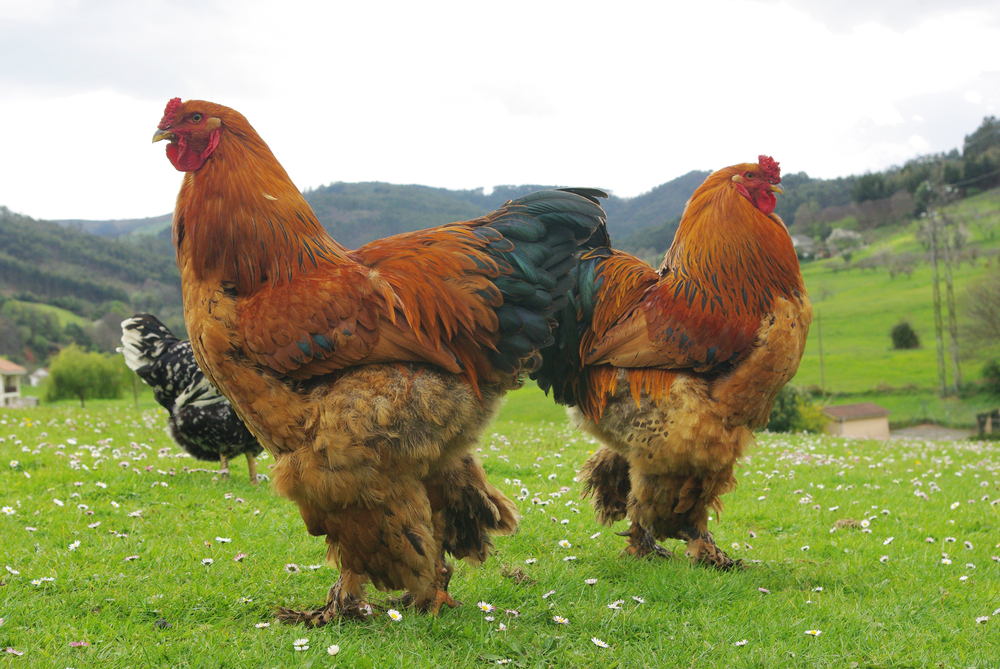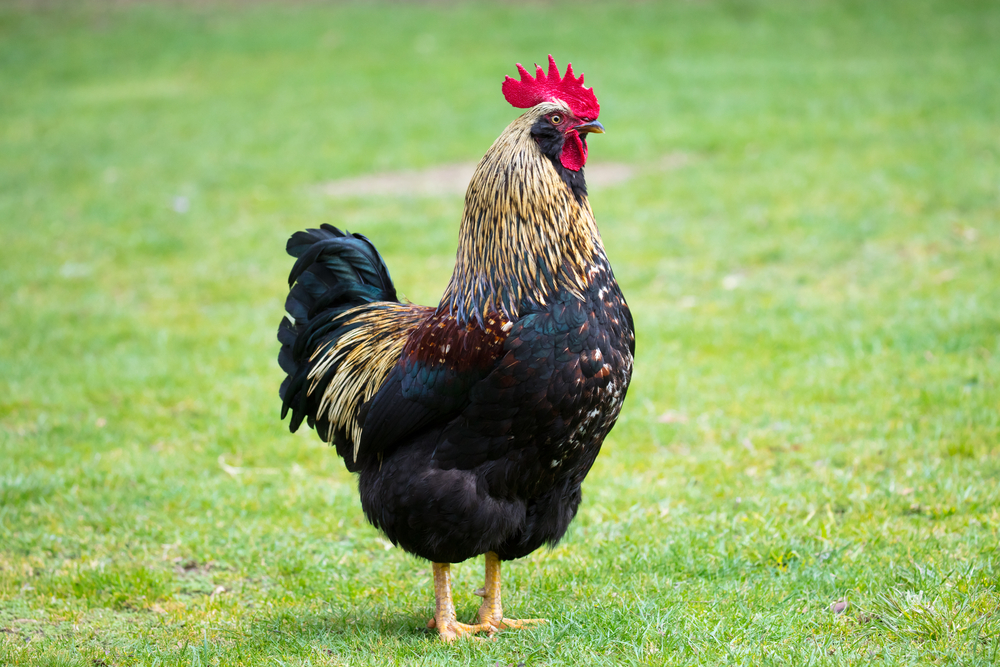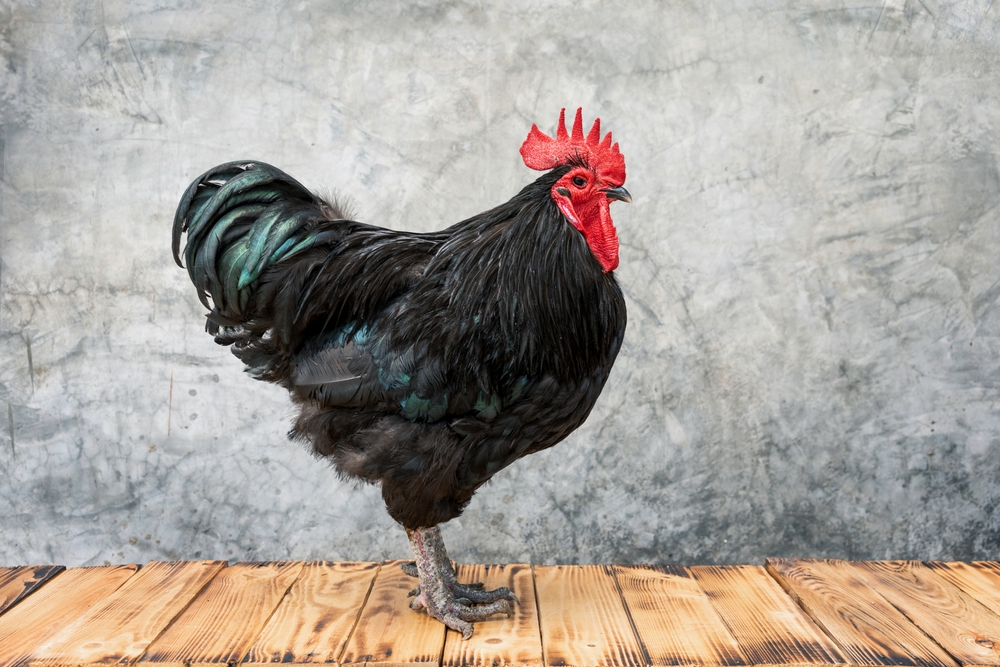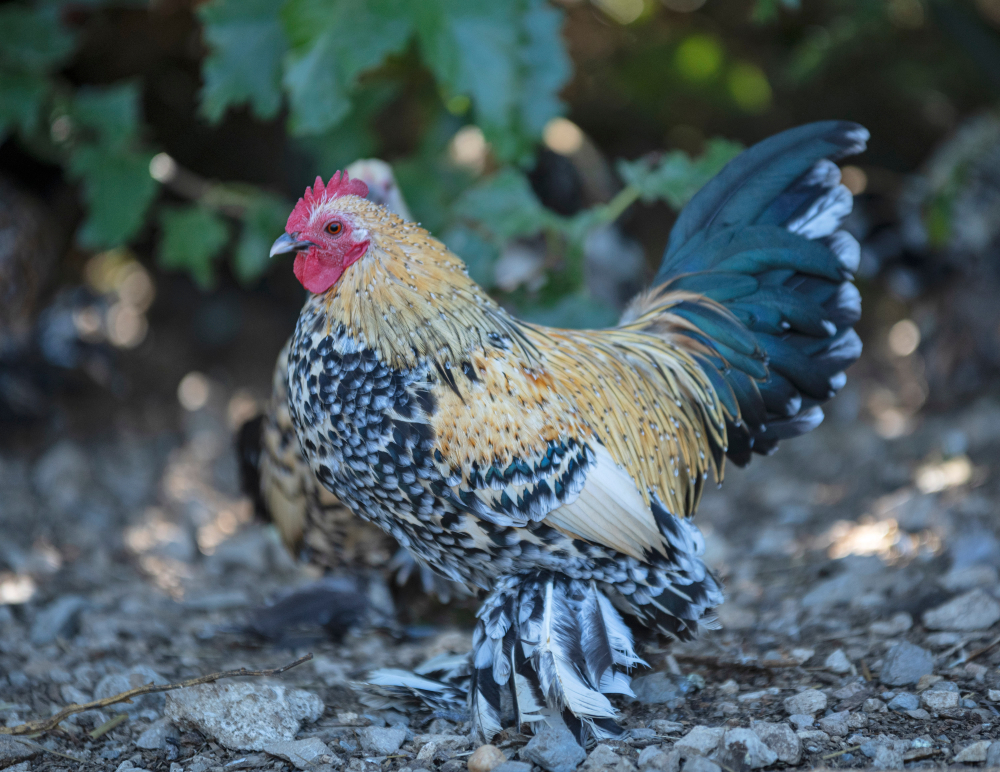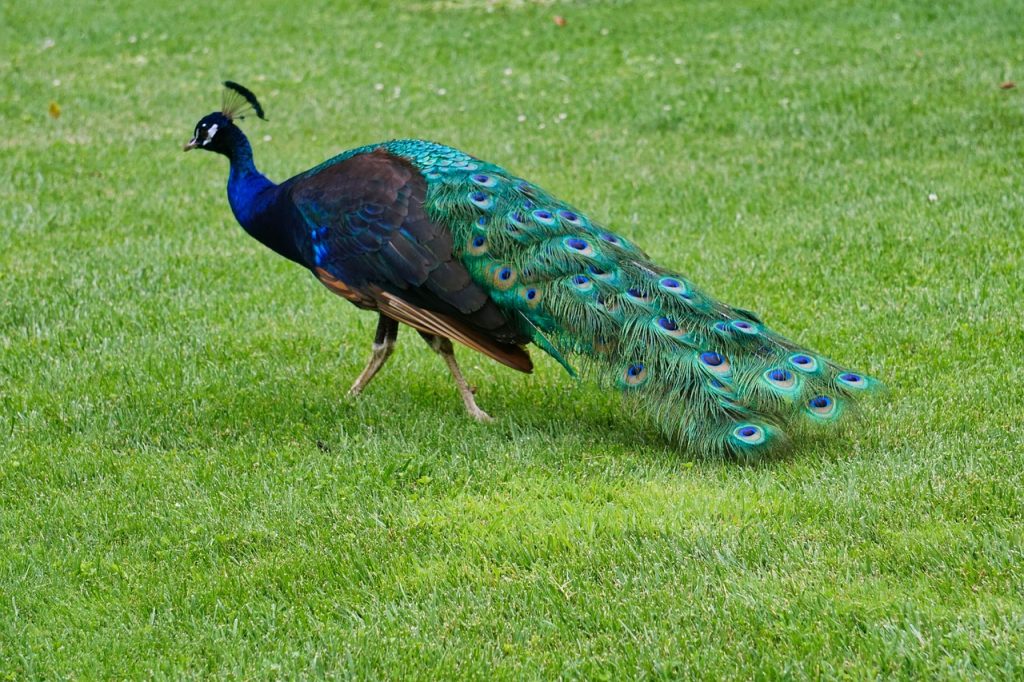Uniqueness
The “King of Chickens”:
Brahmas are renowned for their impressive size, often ranking among the largest chicken breeds in the world. Roosters can exceed 12 lbs (5.4 kg), and their sheer bulk, combined with a calm disposition, has earned them the nickname “King of Chickens.”
Cold-Weather Champions:
Thanks to their dense feathering, pea comb, and feathered legs, Brahmas are exceptionally well-suited to cold climates. They can continue laying eggs through winter months when many breeds slow down or stop entirely.
Feathered Elegance:
Their profuse leg and foot feathering and large, stately frame make them striking show birds. Recognized varieties—Light, Dark, and Buff—each have distinct and eye-catching plumage patterns.
Gentle Giants:
Despite their intimidating size, Brahmas are docile and friendly, making them a favorite in family flocks. Their calm temperament allows them to integrate well with other breeds, even smaller ones.
Slow Maturation, Long Productivity:
Brahmas mature more slowly than many breeds, but this slower growth rate contributes to durability, long-term health, and sustained egg production over more years than high-output commercial layers.
Historic Heritage:
Originating in the United States in the mid-1800s from large Asian imports (likely from Shanghai, China, and Chittagong, Bangladesh), Brahmas were once the primary meat breed in America before being replaced by faster-growing industrial breeds.
Dual-Purpose Value:
Brahmas are valued for both their quality meat and steady egg production, making them a true dual-purpose heritage breed.
The Brahma’s impressive stature, winter hardiness, and gentle personality make it a standout among large chicken breeds, equally admired in backyard flocks, small farms, and poultry shows.



































































